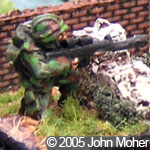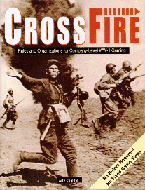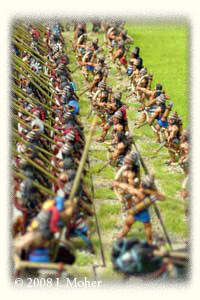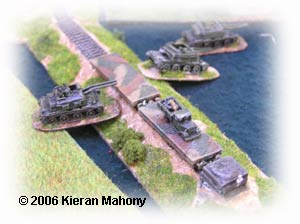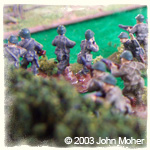
Saint Lô & Falaise, France, August 1944 – Light US forces press forward against the encircled Germans…
Historical Situation
Mid-August 1944, central France, the German front is collapsing (although they haven’t realised it) and Hitler is insisting on an armoured thrust west from Trun to counter the U.S. advance. The U.S. XV Corps has already broken through into empty country beyond Saint Lô and General Bradley has now ordered the Corps to swing east to hook round behind the German armour and trap it – preventing a retreat north & east to the Seine river. American forces are pushing forward as far and as fast as they can to keep the Germans guessing, and secure vital objectives for the ongoing advance!
